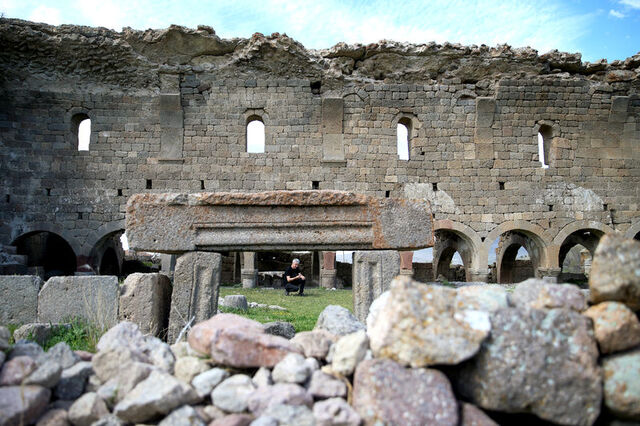
Surveys begin at 1001 churches frequented by Christian pilgrims traveling from Europe to Jerusalem
Surveys before archaeological excavations have begun in the area known as 1001 churches, visited by Christian pilgrims traveling from Europe to Jerusalem.
1001 churches are located around the extinct volcanic Karadağ, 45 kilometers from Karaman city center.
There are many religious buildings such as churches, chapels and monasteries still standing in the region.
Değle Ruins, known as Üçkuyu village, which is believed to have been a bishopric center between the 4th and 9th centuries AD, is home to an important part of these structures.
📣 Our WhatsApp channel is now LIVE! Stay up-to-date with the latest news and updates, just click here to follow us on WhatsApp and never miss a thing!!
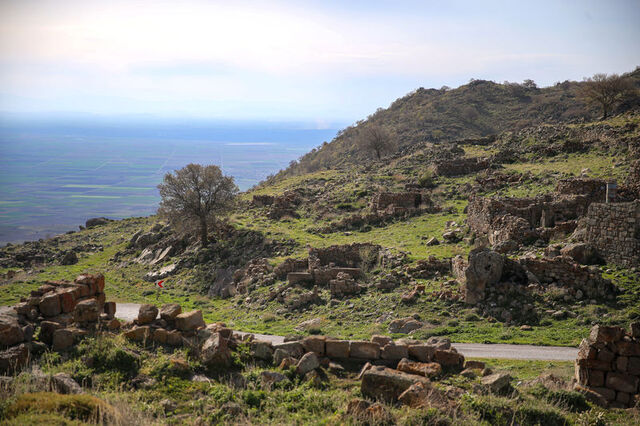
There are hieroglyphic inscriptions and an altar belonging to the Hittite period on Karadağ. In the inscription written in Hittite hierography, the name of the Hittite king Hartapus is mentioned.
Although some sources refer to the region as ‘Barata Ancient City’, its name in ancient times is not known for certain.
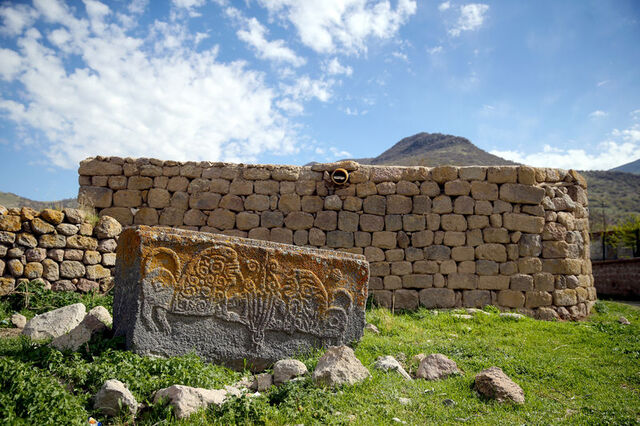
The region, which is a popular destination for Christian pilgrims on their way to Jerusalem from Europe, is one of the three most important centers of Late Antiquity.
At the 1001 Church, Archaeological Survey of Eastern Roman Religious Architecture was initiated.
Last year, an Archaeological Survey of the Religious Architecture of the Eastern Roman Period was initiated in the 1001 Church of Montenegro with the permission of the Ministry of Culture and Tourism.
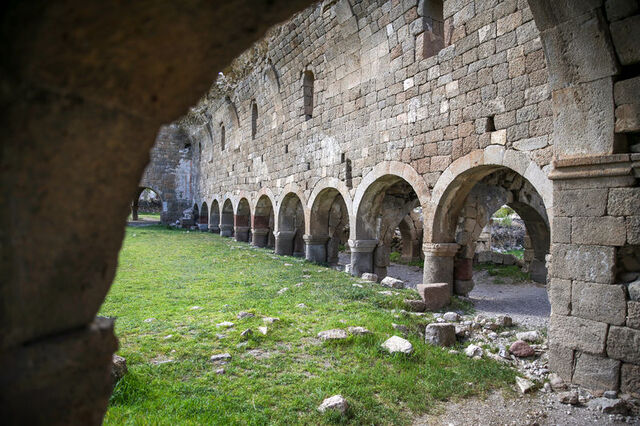
Necmettin Erbakan University, Faculty of Social Sciences and Humanities, Department of History, Department of Early Christian and Byzantine Arts, Head of the Department of Early Christian and Byzantine Arts, Doctoral Faculty Member İlker Mete Mimiroğlu, under the chairmanship of new findings were reached.
Emphasizing that one of the most important reasons why Montenegro, where there are many buildings, attracts attention is that the mountain is considered sacred, Mimiroğlu said:
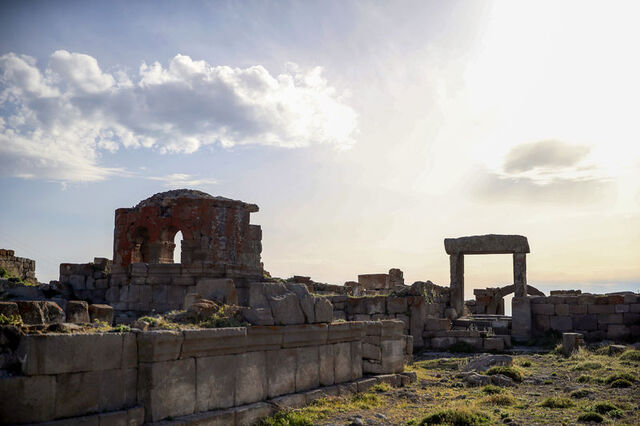
“1001 churches were considered sacred not only during the Byzantine period but also during the Hittite period. There are Hittite hieroglyphs and reliefs in many parts of the mountain. This sanctity continued with Christianity. The mountain itself was considered sacred and many churches were built. The word 1001, which is used by people such as 1001 night tales and 1001 pole cisterns, has been used for this place since the Ottoman period.”
Mimiroğlu stated that they started the survey in order to take the religious structures into inventory, to understand their quality and to determine the name of the settlements here, and continued as follows:
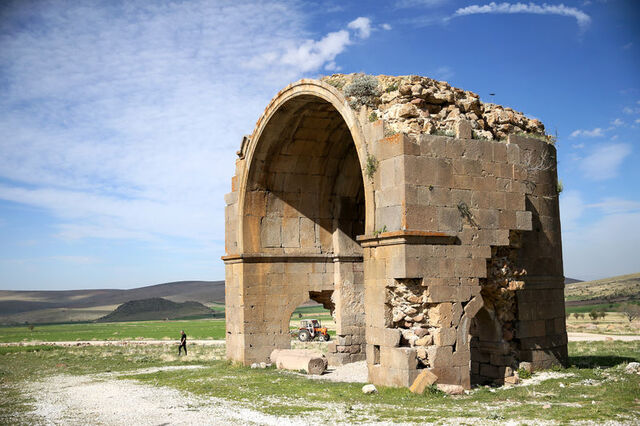
“We reached very important new results with our first study. 6 new church structures were identified and recorded in the inventory. We identified a large number of sarcophagi. 20 sarcophagi and their lids were identified in the city of Maden. In Değle Ruins, we found monk cells, passages and architectural elements indicating that different religious rituals were performed.
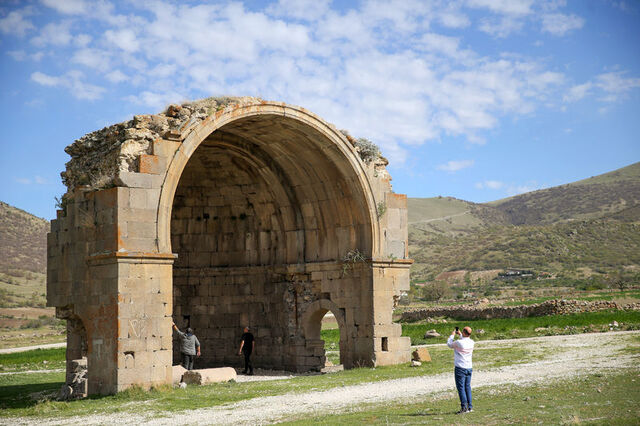
In the studies, plans, surveys and three-dimensional modeling of the structures, of which only plans were drawn in the early 1900s, were made with today’s technologies. GPS coordinates of the stone artifacts were taken and modeled.
Cover Photo: AA
You may also like
- A 1700-year-old statue of Pan unearthed during the excavations at Polyeuktos in İstanbul
- The granary was found in the ancient city of Sebaste, founded by the first Roman emperor Augustus
- Donalar Kale Kapı Rock Tomb or Donalar Rock Tomb
- Theater emerges as works continue in ancient city of Perinthos
- Urartian King Argishti’s bronze shield revealed the name of an unknown country
- The religious center of Lycia, the ancient city of Letoon
- Who were the Luwians?
- A new study brings a fresh perspective on the Anatolian origin of the Indo-European languages
- Perhaps the oldest thermal treatment center in the world, which has been in continuous use for 2000 years -Basilica Therma Roman Bath or King’s Daughter-
- The largest synagogue of the ancient world, located in the ancient city of Sardis, is being restored











Leave a Reply